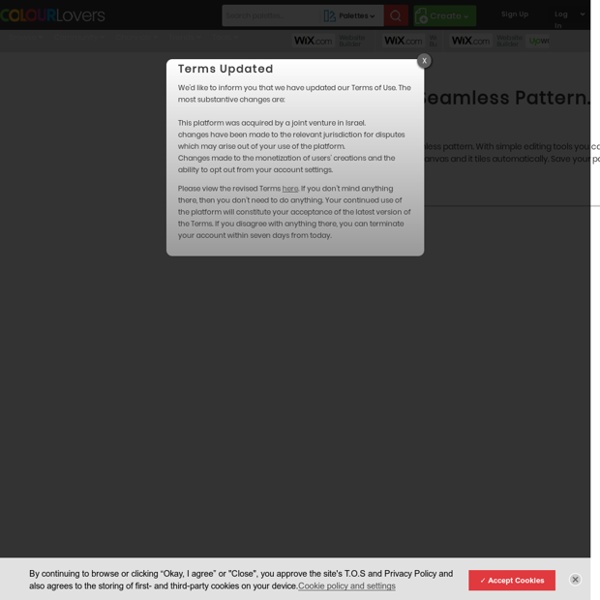Seamless Studio - Seamless Pattern Design by COLOURlovers

V-Ray for SketchUp Solutions
Dear ASGVIS user, Due to the acquisition of ASGVIS by Chaos Group and the merging process you will no longer be able to log in to the ASGVIS.COM website to download builds, materials and watch tutorials, etc. All users’ information has now moved to www.chaosgroup.com. All users’ log-in details have been changed. If you are a new user, please proceed directly to the Chaos Group website and register to download the V-Ray for Rhino / V-Ray for SketchUp FREE TRIAL VERSIONS. If you experience any problems, please contact us at support@chaosgroup.com. Customers will no longer be able to purchase directly through the ASGVIS or Chaos Group websites. Customers should locate the nearest reseller and purchase from one in your immediate area. Please note that the ASGVIS website will no longer be updated and all current information, installations, tutorials, materials will be available shortly at www.chaosgroup.com. Dear resellers, Copyright ©2014, Chaos Software
Vray for 3d Studio Max Tutorials | Vray Basic Render Settings
Caustics are light patterns formed by refracted/reflected light. Take a look at the rendered image, these are caustics. There are two types of caustics: GI caustics and direct light caustics. In the GI rollout, you may have noticed two check-boxes: reflected and refracted GI caustics. GI caustics are created by GI light (=bounced light). Also, if you have for example a max omni or directional light in your scene, they will not generate caustics as it is not GI light. But, if you want caustics from max lights, or very sharp detailed caustics, you have to enable the Vray direct light caustics (also called photon mapped caustics). For now, just remember that there are GI and direct light caustics, reflected and refracted caustics, and that if you want GI light to pass transparent objects, you must enable refractive GI caustics.
Related:
Related:



